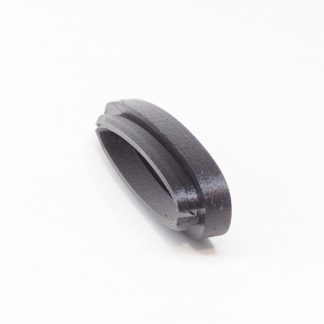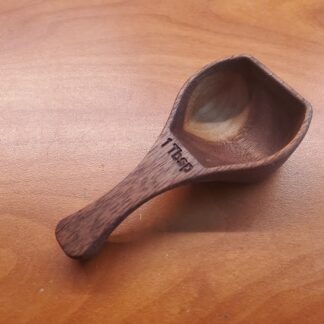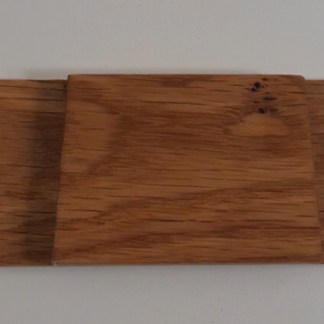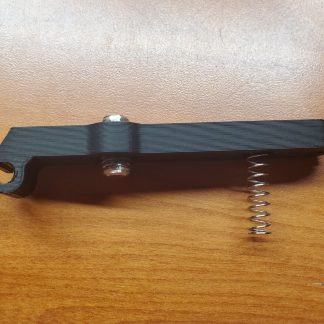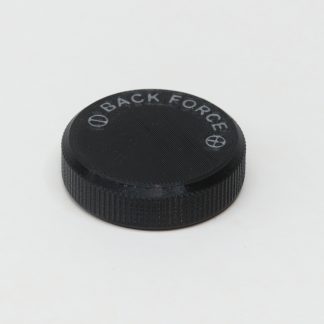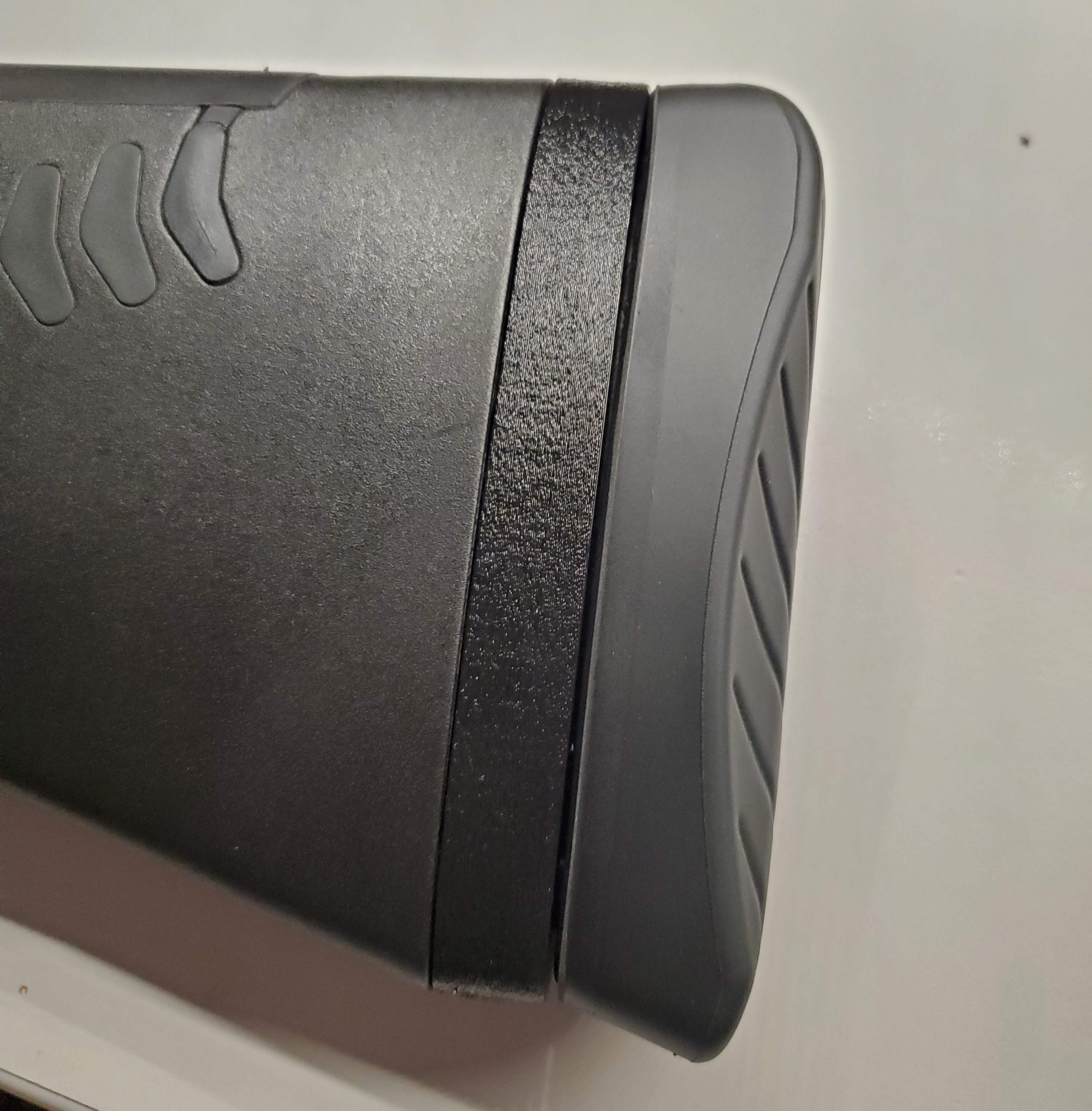
“Length of pull” is the distance from the buttstock to the trigger on a long gun. For shotgun shooting, it is an important part of the ergonomics and, therefore, accuracy of the gun.

A friend of mine reached out about coming up with a way to add length to the stock of a Benelli shotgun without modifying the gun itself. There are commercial solutions, like a rubber sock which slips over the stock and extends the length, but that is far from an elegant solution. You can also buy replacement butt pads in varying lengths for $60-$100 each.
The Benelli design consists of a male-female interface. The male side is on the butt pad which is a two-shot injection molded rubber part with a soft gel pad molded onto a firmer rubber flange. The female side is just a recessed lip molded into the hard plastic of the butt stock.
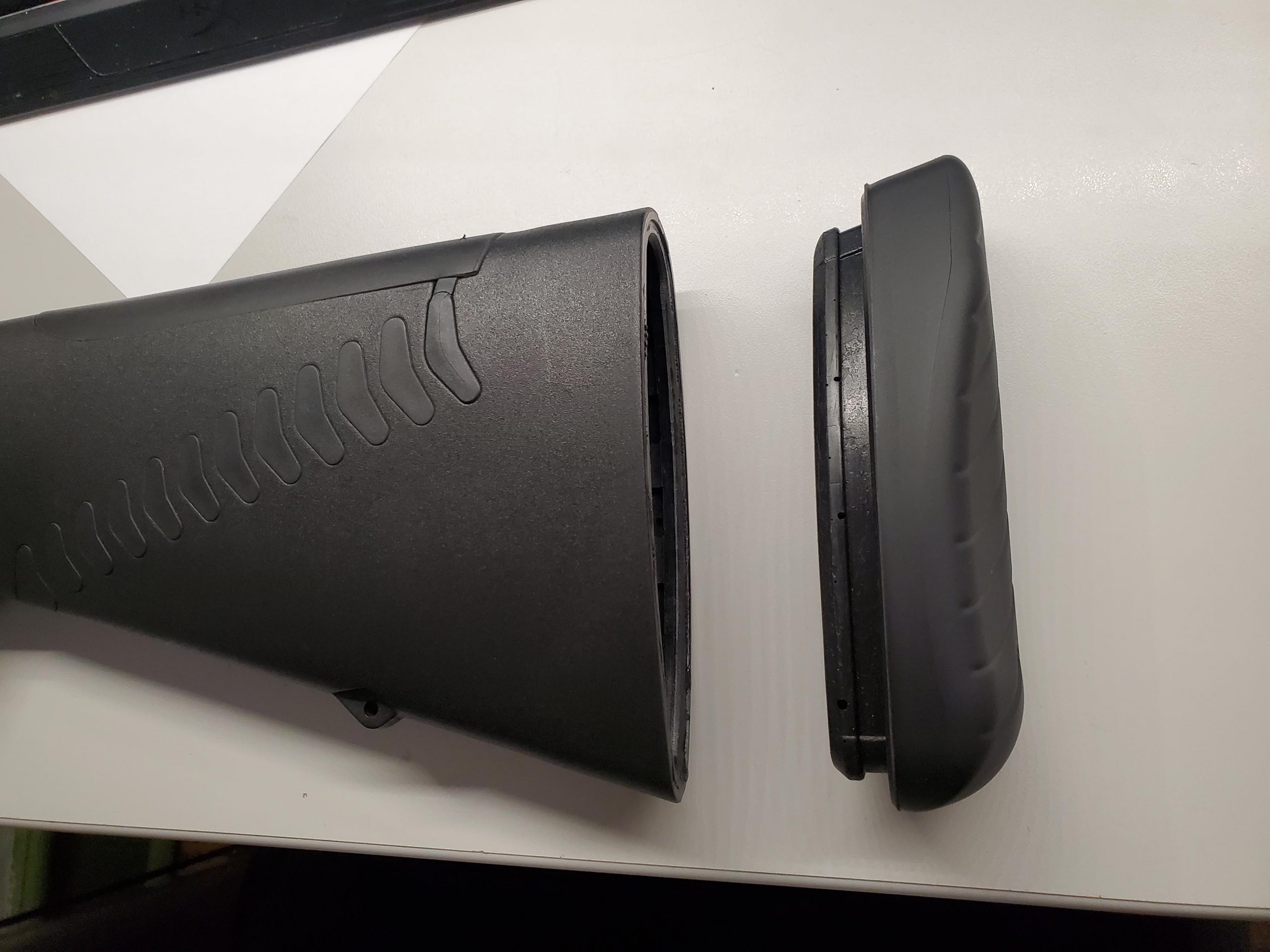
So the reverse engineered part will just need to match the profile of the stock, and then replicate that mating interface on both sides and fill in some space between the two. The first step is matching the profile, which is accomplished by tracing the outline, importing the image into a CAD program, and manually fitting a spline.
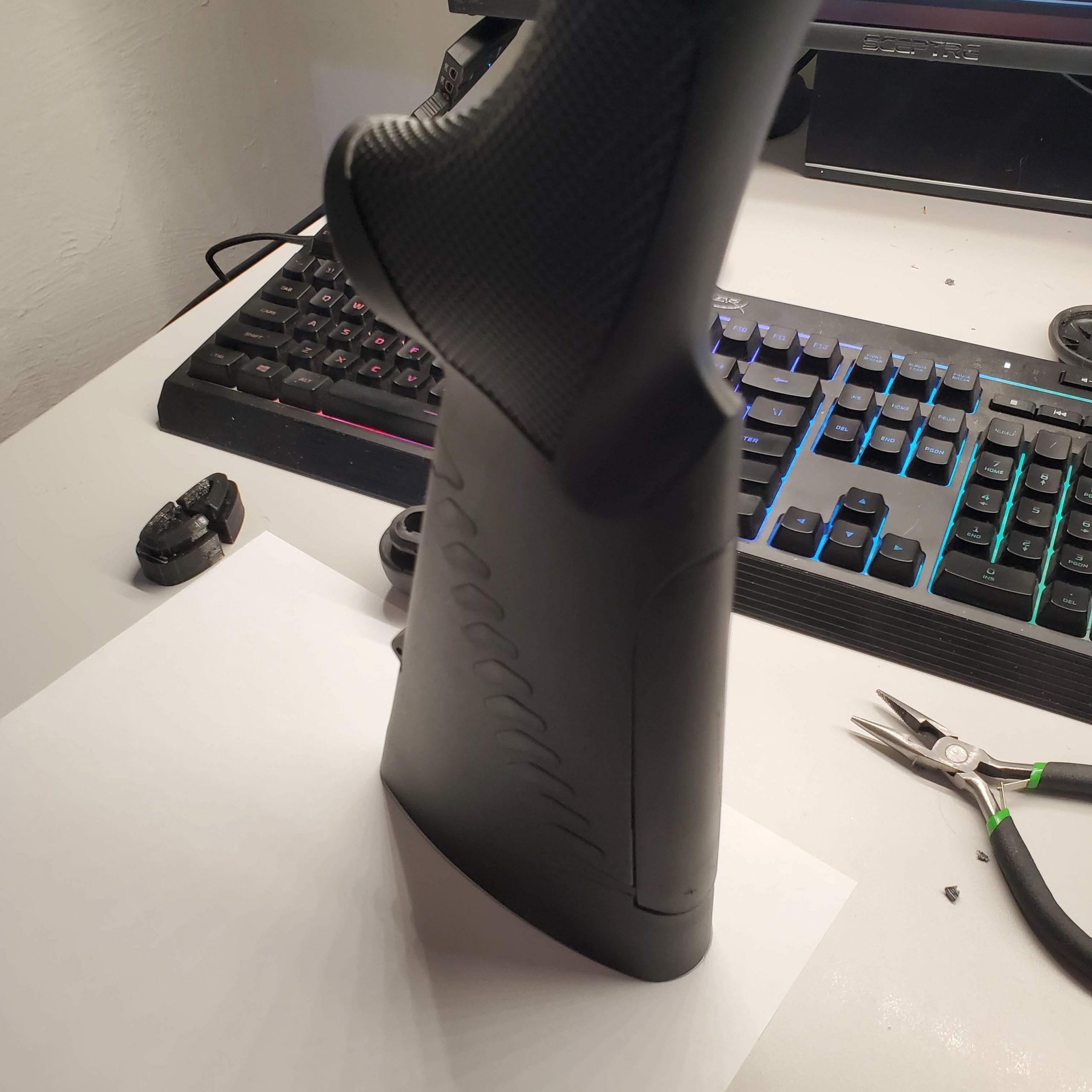
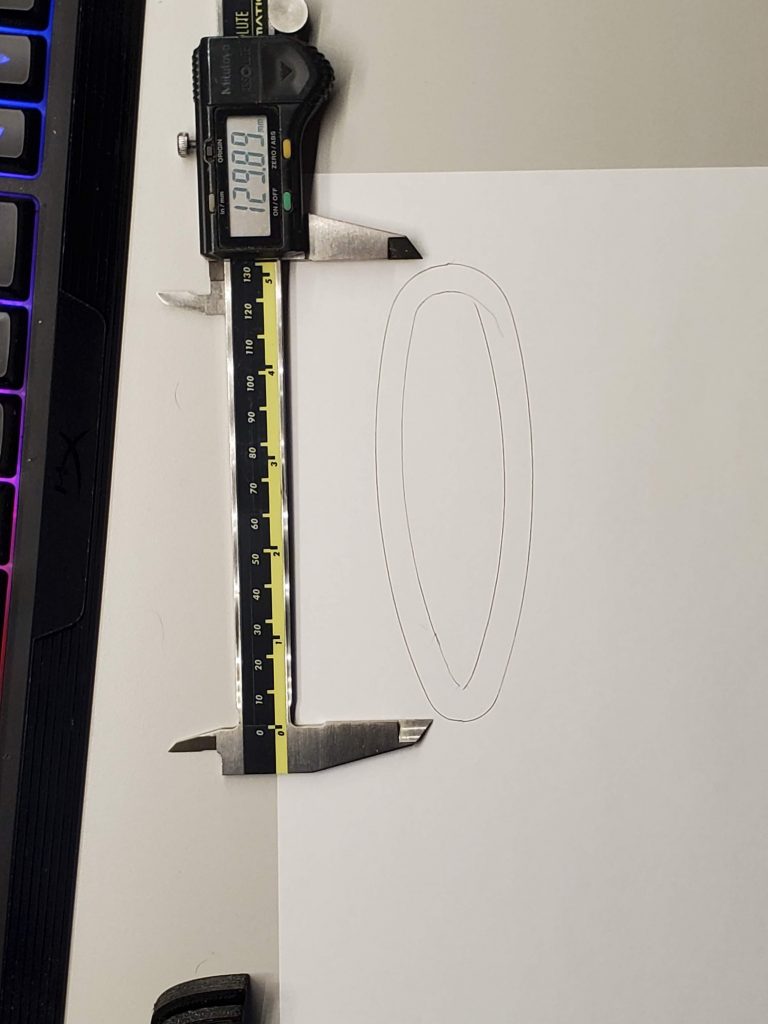
The rest was accomplished with manual measurement and trial and error with some assumptions about how the fit will work. I included some tolerance on the overall size and particularly the depth of the receiving side. I wanted to maintain the ability to stack multiple spacers on top of each other.
Side Note: the check pattern on the side of the Benelli stock is a functional design feature. The hard plastic is cut away in a pattern such that the center of each “check” is a hinge point in a compliant mechanism. This allows the stock to have some flexibility in the longitudinal axis to absorb recoil. The holes are plugged with a soft rubber which provides dampening.
I decided print the part in flexible TPU, which I had never used before, so I did some small test prints. First with TPU support material, but that proved very difficult to remove from the part, so I used the second printhead on my IDEX (independant dual extrusion) printer to print the support in PLA instead, which pulls right off of the TPU cleanly.
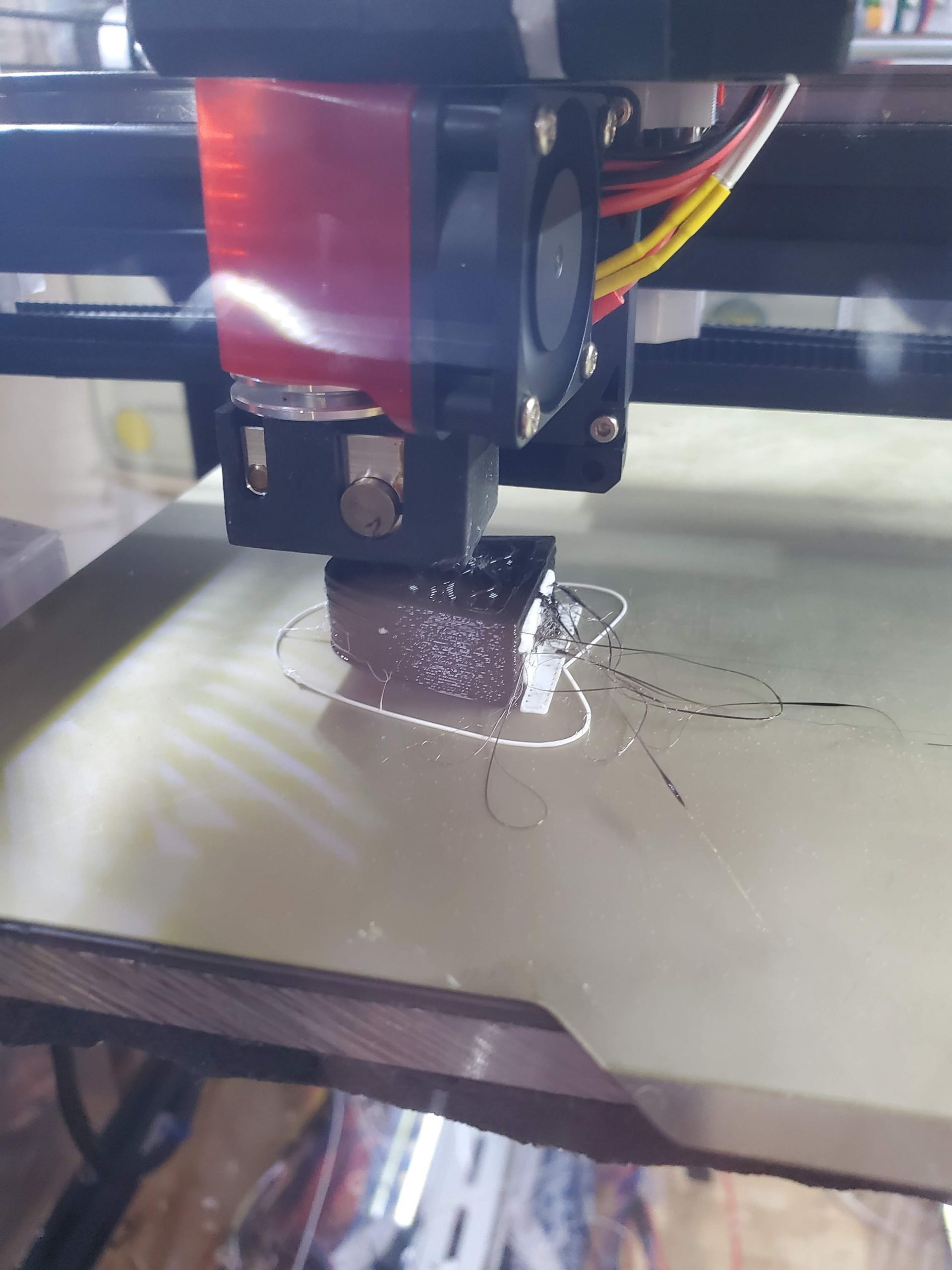
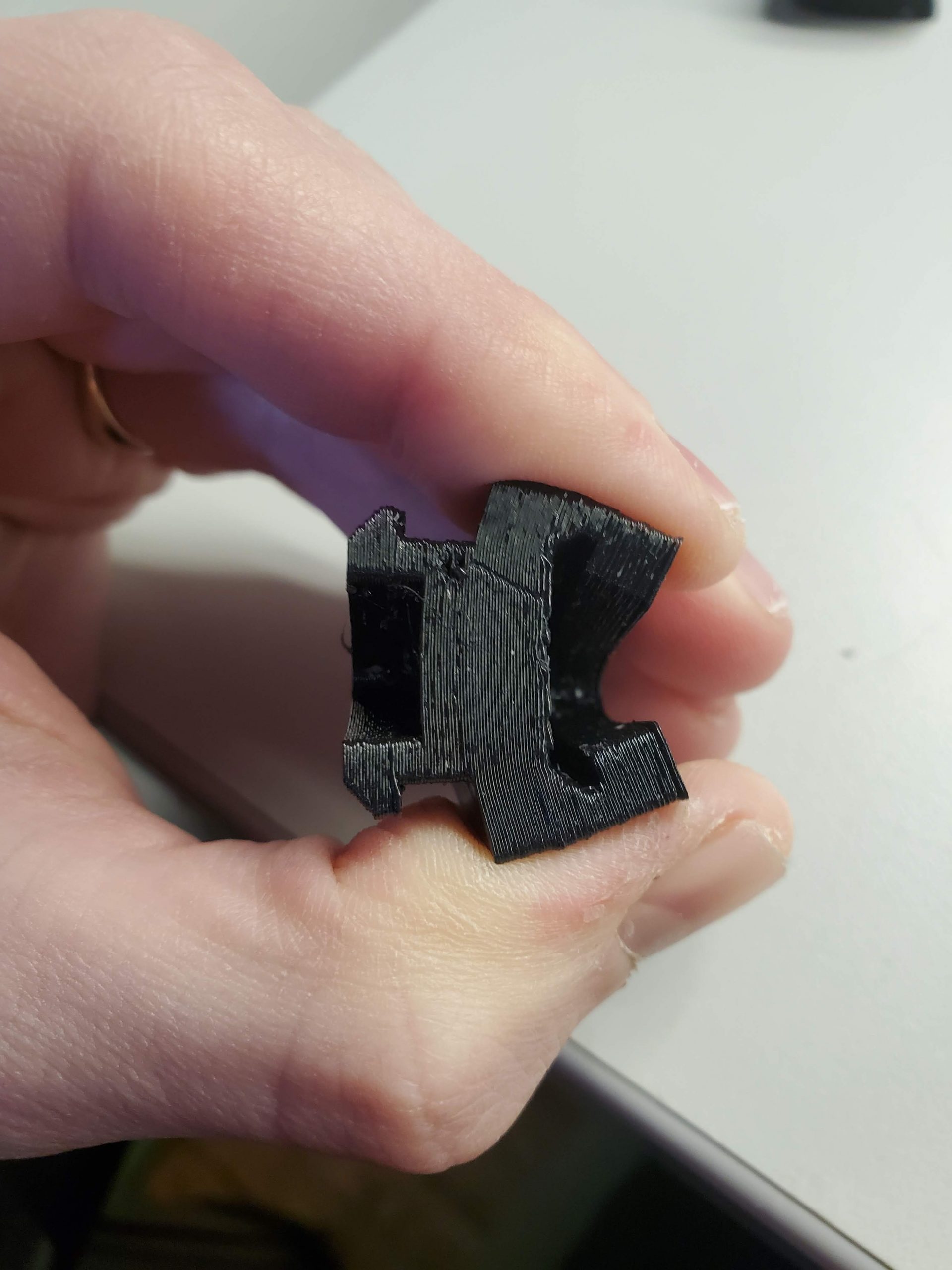
Satisfied with the process and machine settings for the print, I loaded and printed the first prototype. This initial part did work, but I wasn’t satisfied with the fit and the material was more flexible than I had anticipated.
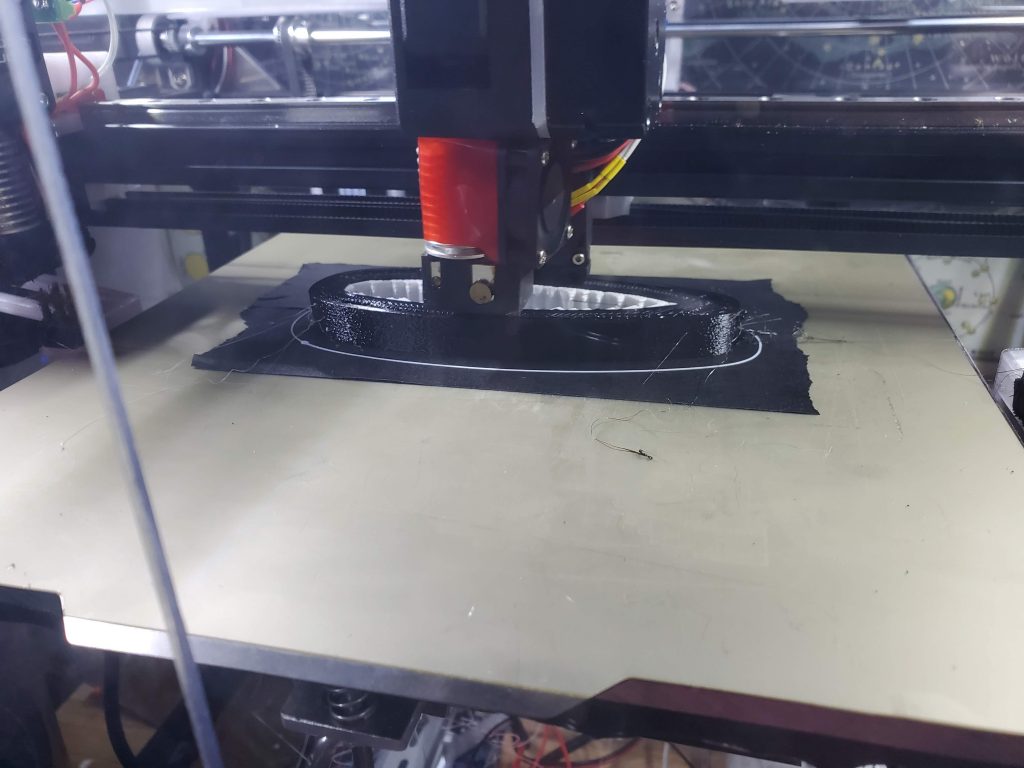
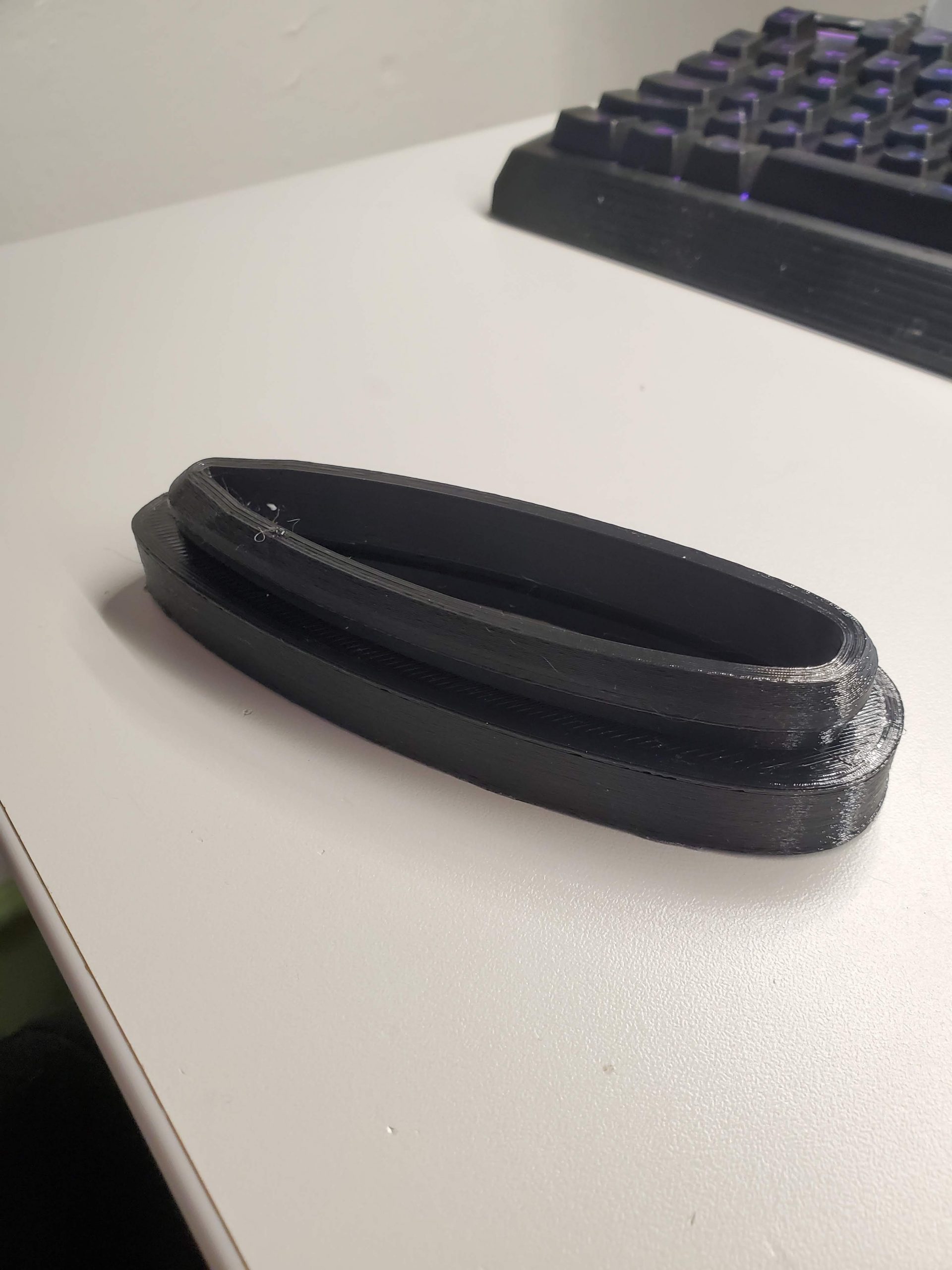
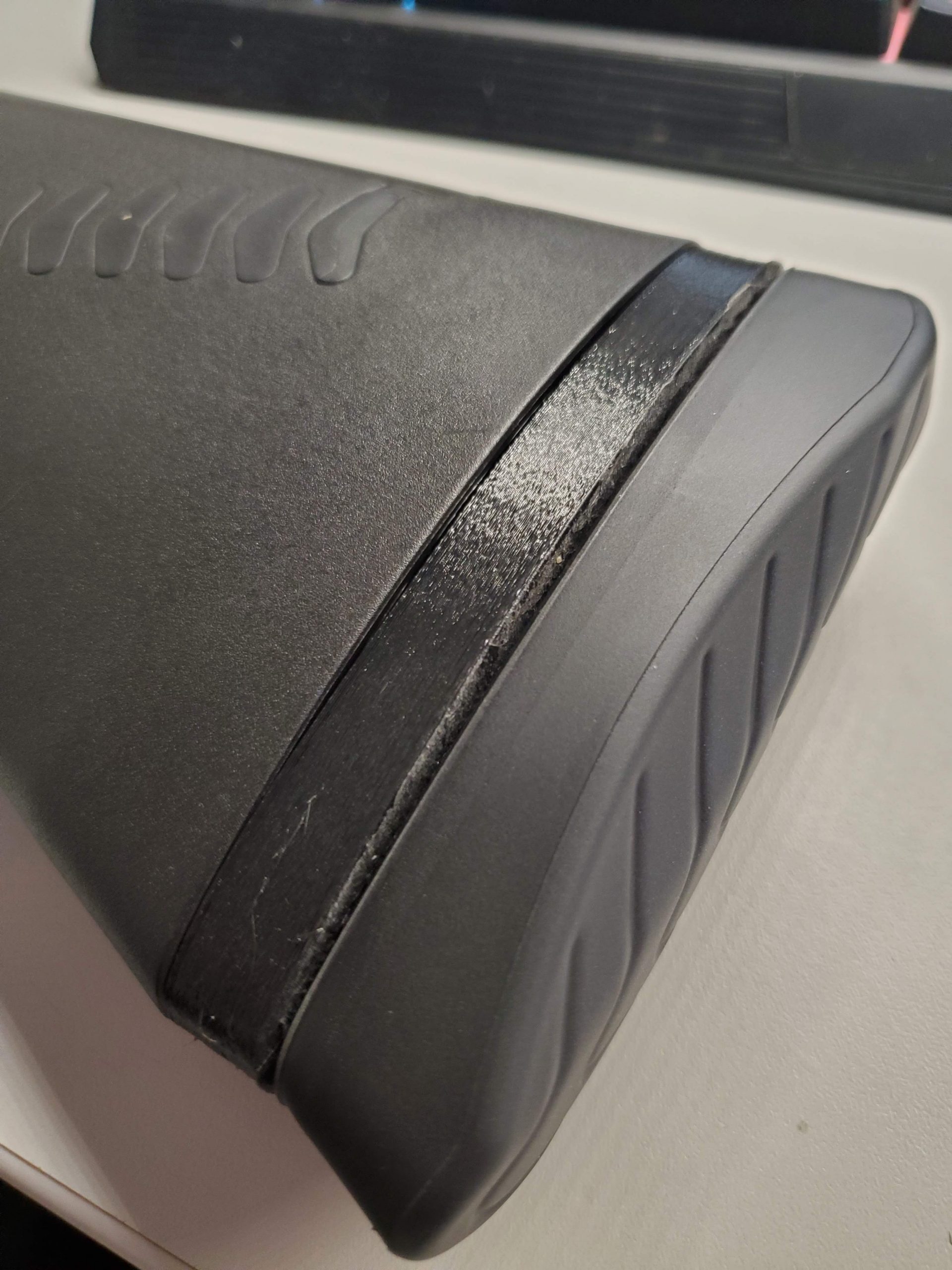
The interface needed some tweaks to fit better, and the flexibility meant that the butt pad did not stay very securely in place. Here’s where the benefit of 3d printing really becomes apparent: I went through 4 revisions in the span of a couple days. I finally settled on a composite part with a hard plastic outer layer and female interface, while the male portion is printed into the same part with the flexible material. The materials are the same color and printed with a mechanical interface such that they can’t be separated since the two polymers do not fuse to each other. There are also some relief cuts to make it easier to remove from the stock.
If we look at the model loaded in the slicer, it shows the different materials as well as the “fuzzy skin” option which I’m using to dull the appearrance since both PLA and TPU are naturally glossy. You can see the difference that makes in the comparison image.
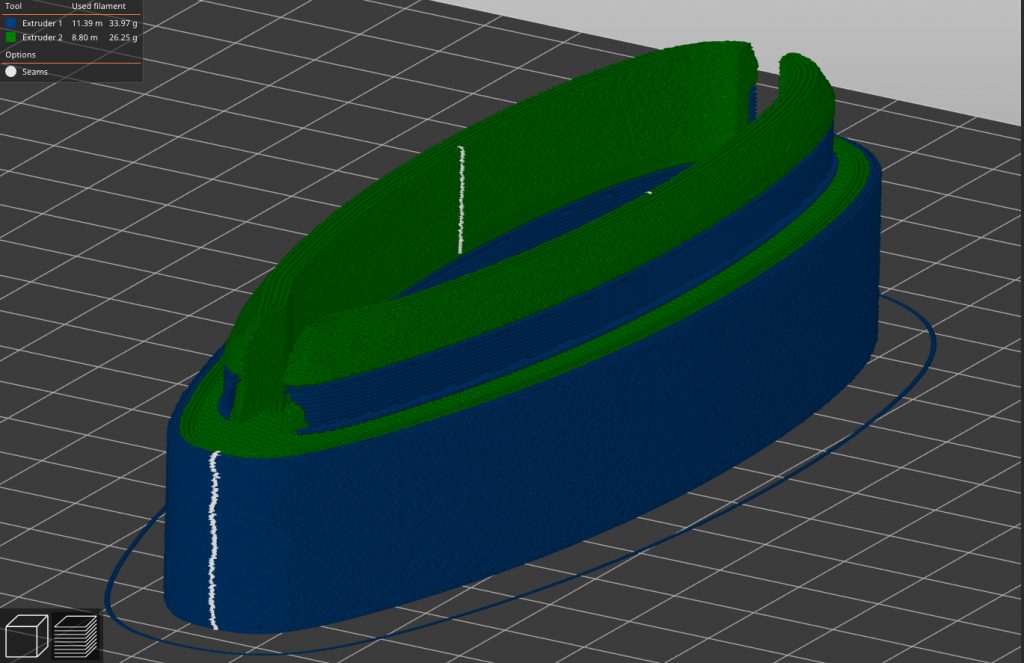
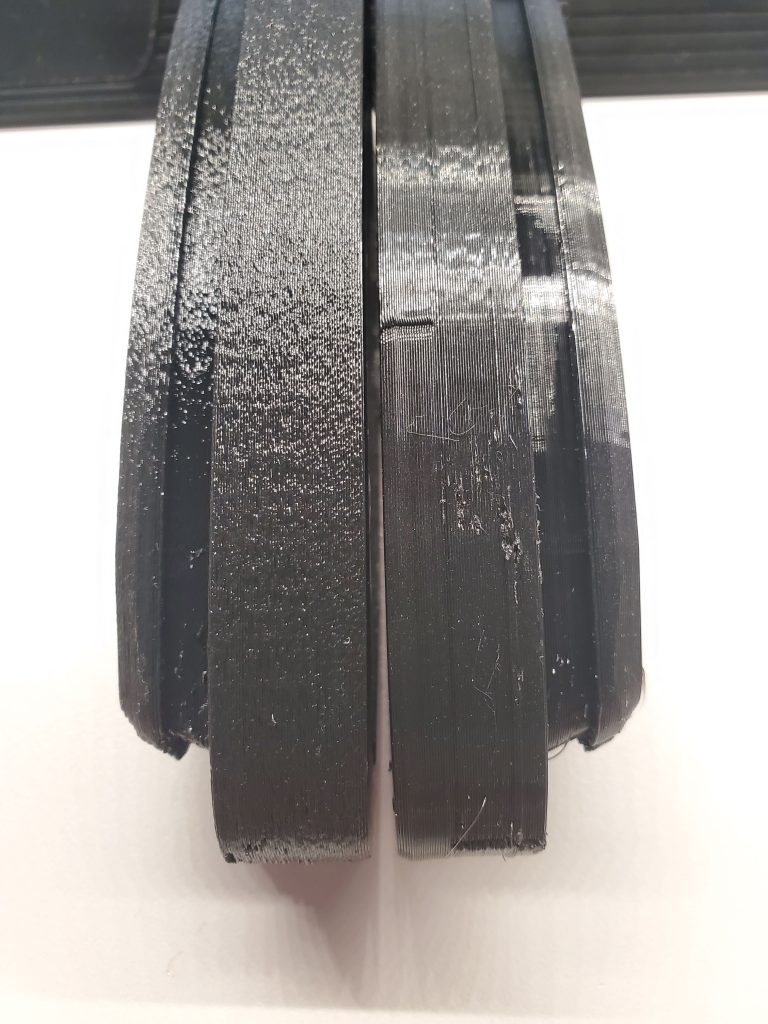
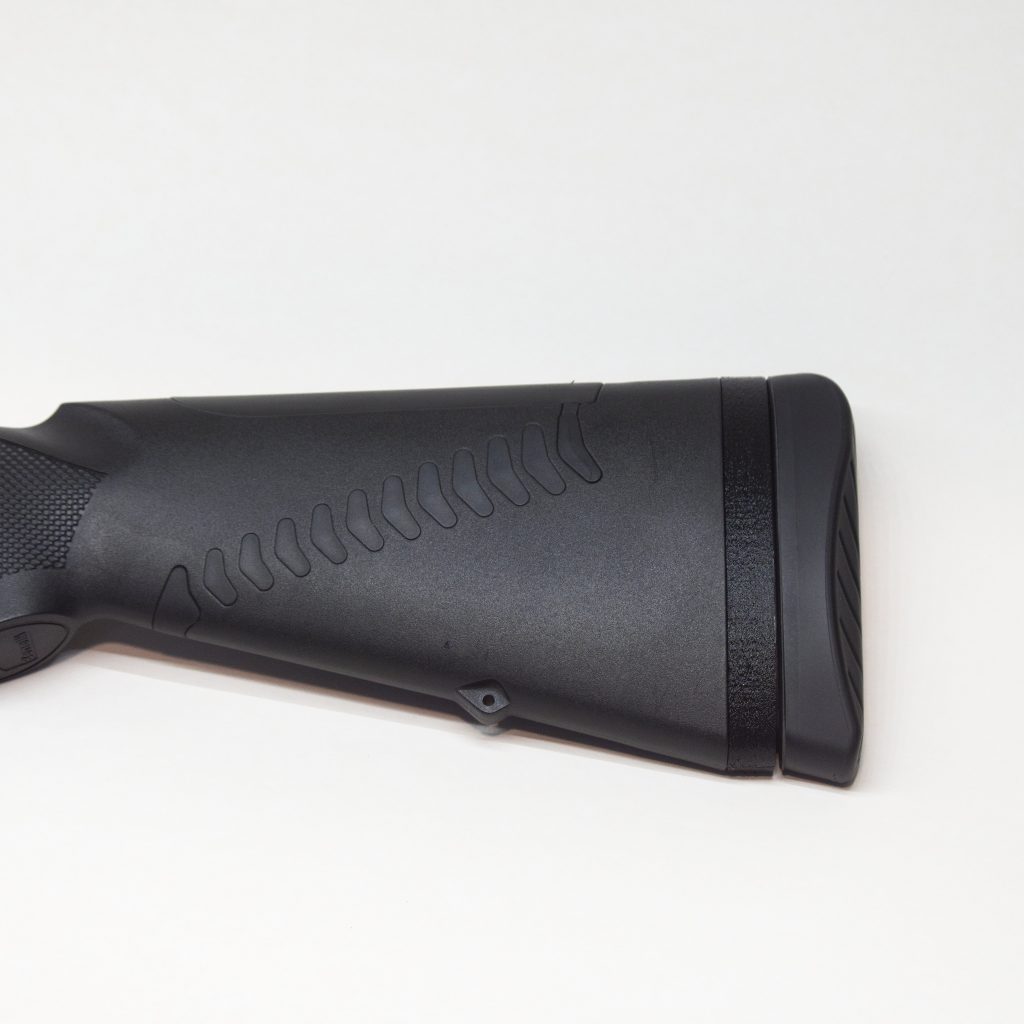
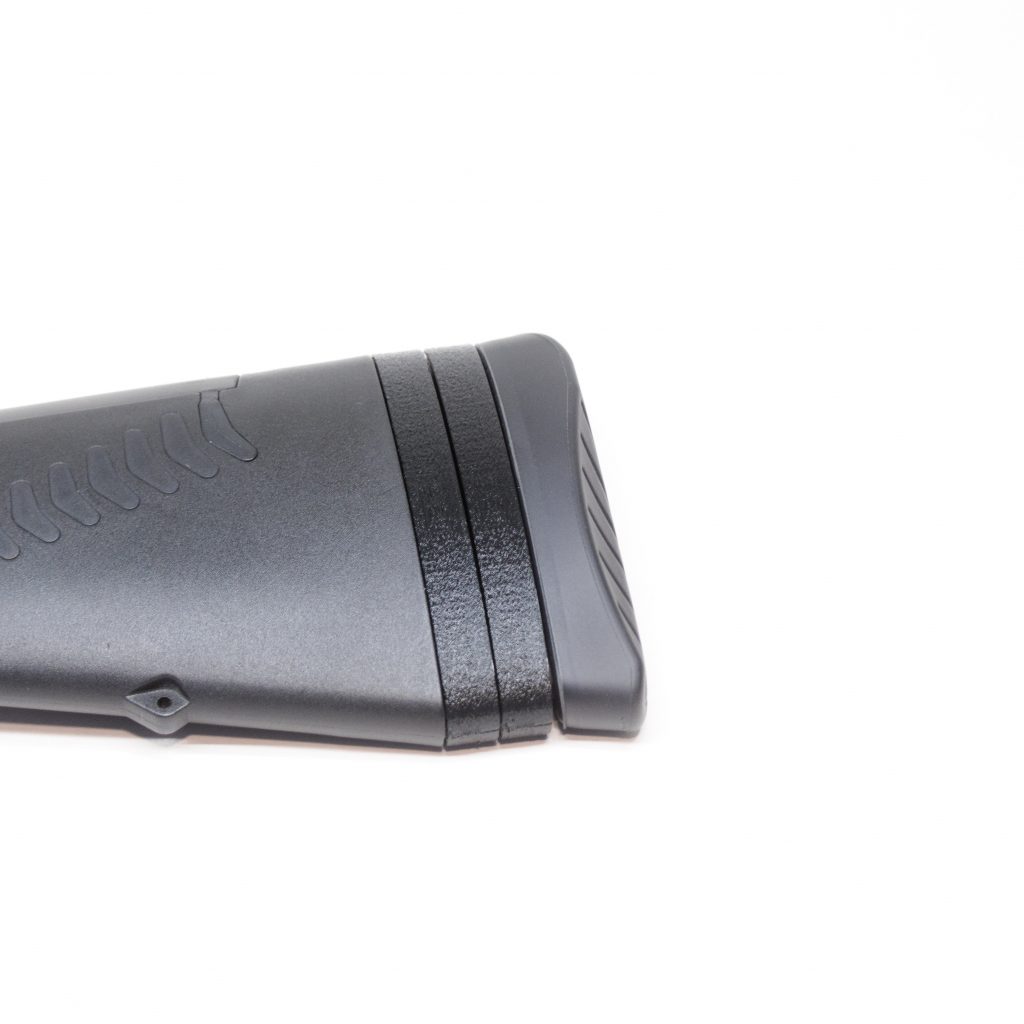
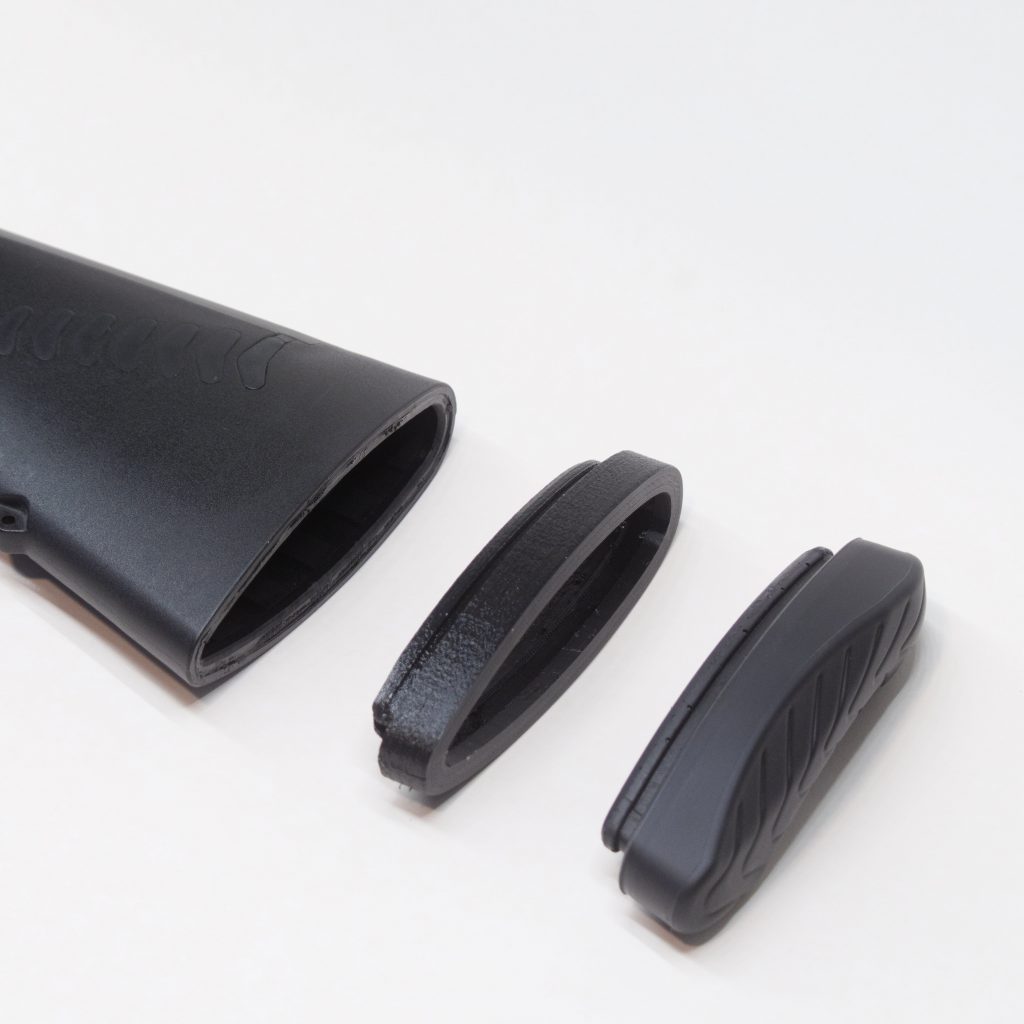
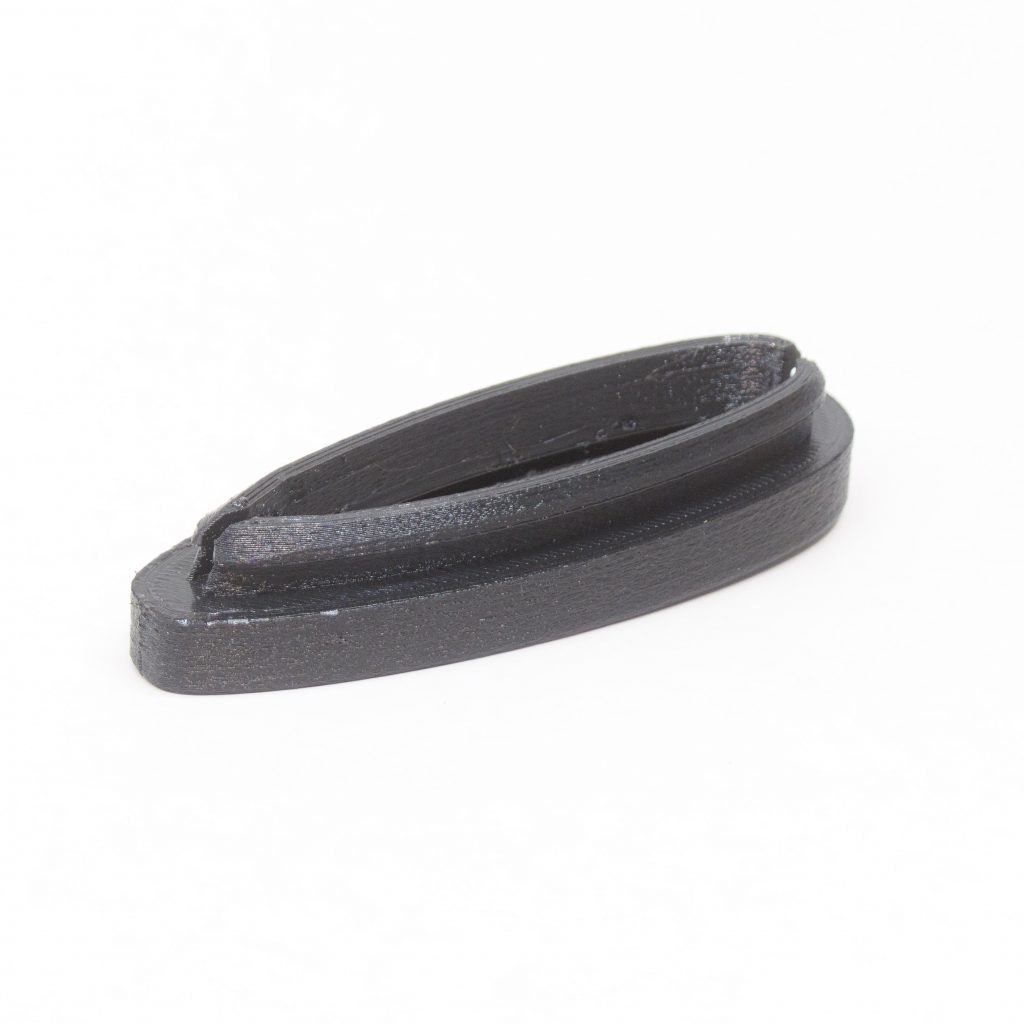

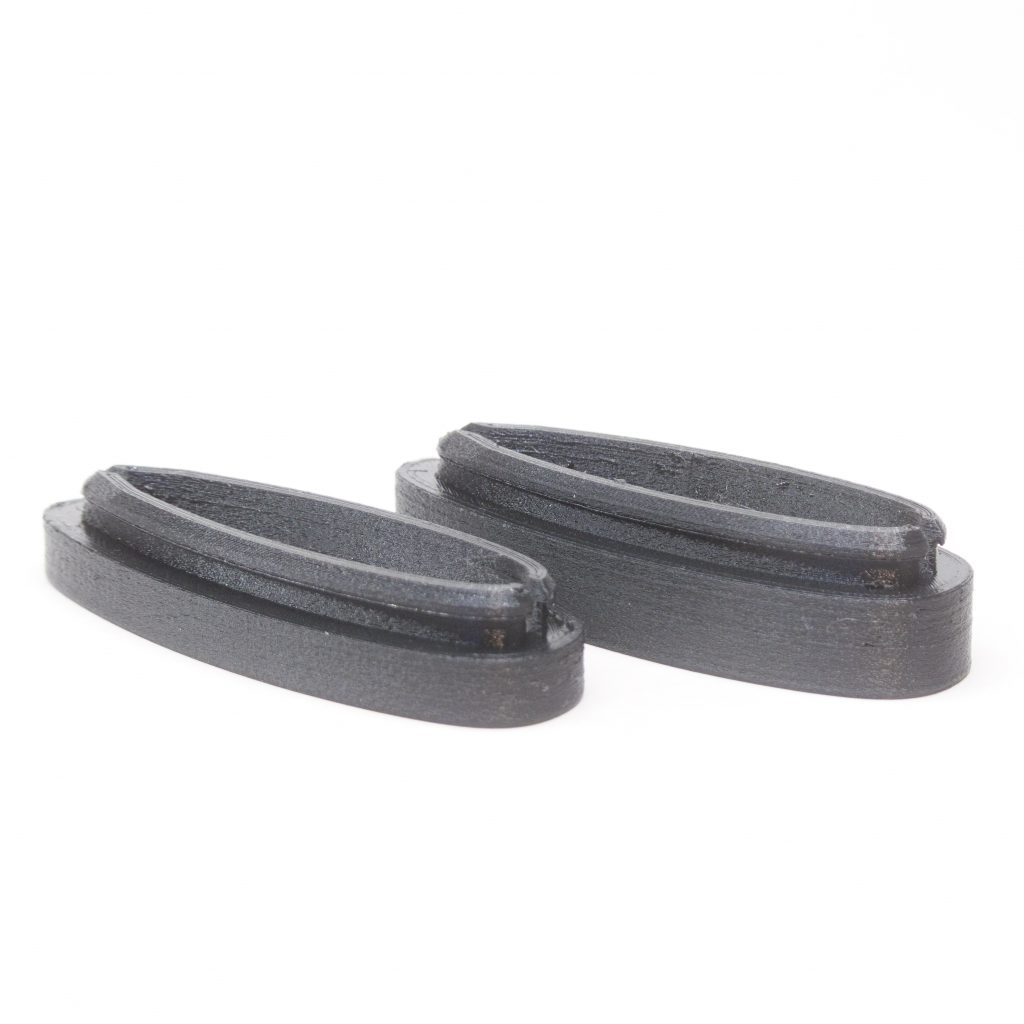
-
 Benelli Comfortech Stock Length of Pull SpacerPrice range: $26.99 through $28.99
Benelli Comfortech Stock Length of Pull SpacerPrice range: $26.99 through $28.99

